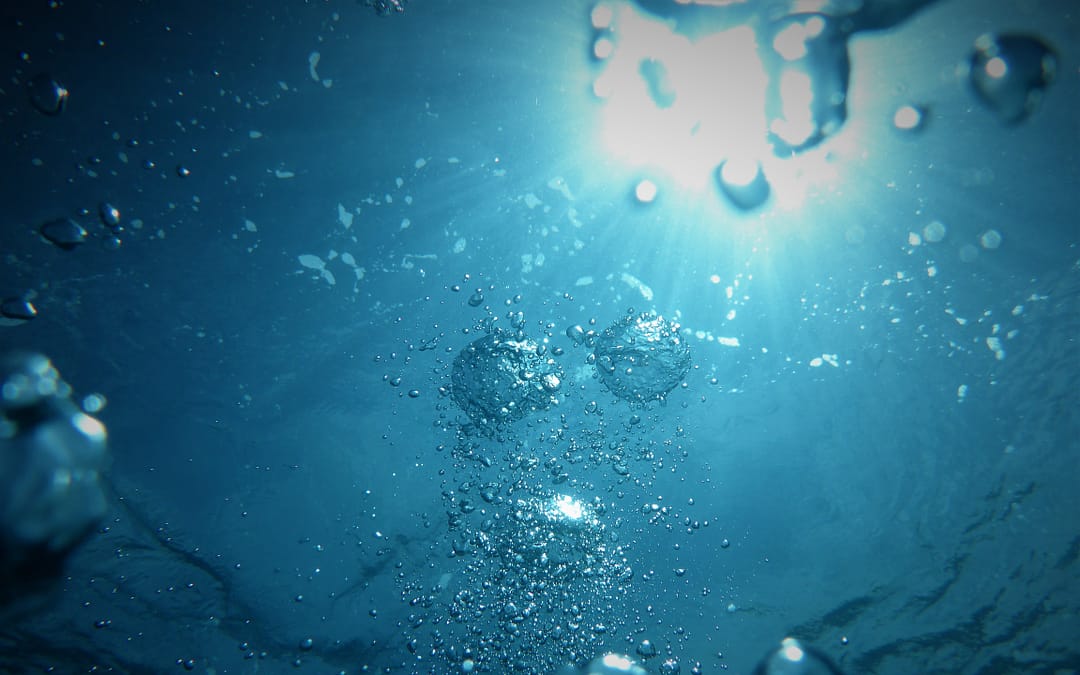This article may contain compensated links, please read our disclaimer for more information.
Your RV water tanks are essential to the plumbing system in your motorhome or trailer. Your fresh tank ensures you have clean water wherever you roam. Meanwhile, the black and gray tanks hold onto wastewater until you can properly dispose of it.
Considering how important they are, you should definitely want to take proper care of your RV water tanks. The good news? This is actually relatively easy to do! Simply use the tips below and your tanks should last you for years to come.
Use the Right TP
The right toilet paper will make all the difference in the world when it comes to caring for your RV’s black tank. You see, certain kinds of toilet paper simply don’t break down in the tank, causing buildup, a dirty tank, and sometimes even clogs.
For this reason, we recommend testing any TP you plan to use in your RV by putting it in a jar of water and shaking it a bit. If the paper breaks down, it’s probably fine. If not, look elsewhere.
When in doubt, just choose the quick-dissolving TP made specifically for RVs.
Flush with Lots of Water
It’s also important that you use enough water when you flush your RV toilet. The usual quick push down isn’t going to cut it. Instead, we recommend filling the entire toilet bowl with water before flushing it down. This will ensure there is plenty of water to break down any solids you send into the black tank, preventing issues with buildup.

Invest in a Tank Sprayer
Using a lot of water when you flush definitely helps ensure nothing sticks around in the tank when you flush, but it doesn’t prevent it entirely. For this reason, you will want to invest in a tank sprayer (if your RV doesn’t have one built in). This can be used to send a jet of water into the tank, dislodging bits that are stuck on the sides of the tank and leaving you with a much cleaner (and less smelly) tank.
Use a Clear Elbow
You’ll want a way to see if your RV water tanks are clean so you know when to stop spraying them. The best way to do this? A clear elbow or clear extension piece for your sewer hose. These allow you to watch the water that drains out of the tanks, which will be a good indicator of what you’re spraying out of there until it runs more clear.
Consider a Tank Cleaning Product
Sometimes tanks stink. It’s a fact of RV life, but it doesn’t have to stick around for your entire full-timing adventure. If you notice your tank is stinking, try to flush it out really well, check for clogs in the vent tank, and ensure the ball seal in the toilet isn’t letting the stink in. If none of these is the issue, you might want to consider using a tank cleaning product.
Some people have luck with products like Camper Chem. Others turn to more natural solutions such as Happy Campers. Still other RVers swear by the “Geo Method” of keeping their tanks shiny and clean.
Keep the Tanks Closed
Another way to prevent buildup? Keep the tanks closed until they need to be emptied, even if you’re parked in a full-hookup site. This rule is especially important when it comes to the black tank, because leaving it open to drain into the sewer every time you flush will result in a mountain of solids that don’t make it to the sewer hose.
That said, it can also be helpful if you have problems with gray tank stink, as food particles from the kitchen sink do have a tendency to stick to the sides of the tank when given the chance.
Open the Black Tank First
When it does come time to dump your RV water tanks, dump the black water first. Letting the black tank dump completely, closing it, and then opening the gray tank means the less disgusting gray water will flush the black water out of the sewer hose before you have to detach and rinse the thing.
True, this isn’t so much a tip for maintaining your tanks, but it does help make the whole dumping process less gross, as your sewer hose will have much less gunk that needs to be rinsed out of it at the end.
Wait Until the Black Tank is Half Full
Another rule that comes with dumping the black tank? You’ll want to wait until it is at least half full to empty it. This ensures you have plenty of liquid waste to flush out the solid waste when you open the dump valve. It also helps ensure those solids don’t pile up and harden on the tank floor.
Obviously, if your gray tank fills first (as it probably will), you can dump it separately and then close it to let it fill back up for the next time you need to dump black.
Sanitize Your Fresh Water Tank
Did you know your fresh water tank needs to be cleaned? It makes sense, doesn’t it? After all, you’re bathing, washing dishes, and cooking with that water, and some people even drink it. You definitely don’t want it to be contaminated or unhealthy in any way.
Fortunately, this task is very simple. The video below has some great instructions, or you can follow the steps in our article on sanitizing your fresh water tank.
Winterize Your RV Water System
Another thing every RV owner should know is that an RV water system needs to be winterized if the RV will be in freezing temps. There are some exceptions to this rule. For example, if you’ll be staying in the RV over the winter, you can probably insulate and warm things enough to avoid winterizing. Generally speaking though, winterizing your RV plumbing is the way to go.
For the most part, winterizing an RV involves filling the water lines with antifreeze. That said, we also recommend dumping a bit of RV antifreeze into the waste water tanks to ensure they aren’t damaged by cold weather. You can also dump RV antifreeze into your waste tanks if you are staying in a cold location, even if you don’t plan on winterizing the rest of the rig.
Repairing an RV Water Tank
Many RVers eventually find themselves dealing with cracked RV water tanks. Unfortunately, a big crack likely means that you have to replace the whole tank. That said, it is sometimes possible to patch small cracks with Plasti-Mend, a fantastic product that chemically welds plastics back together
Unfortunately, the Plasti-Mend website no longer sells their tank repair product, but they do provide a phone number to call if you want to find out where you can buy it.
There you have it, everything you need to know to take proper care of your RV water tanks! Hopefully this information helps you out and your tanks stay clean and functional for years to come.
Want to learn even more about RV water tanks? Check out our guide to portable waste tanks!
Join Fulltime Families
Fulltime Families Members get access to the best resources, community and discounts.
Fulltime Families is a participant in the Amazon Services LLC Associates Program, an affiliate advertising program designed to provide a means for sites to earn advertising fees by advertising and linking to amazon.com, amazon.co.uk, amazon.ca. Amazon and the Amazon logo are trademarks of Amazon.com, Inc. or its affiliates.

